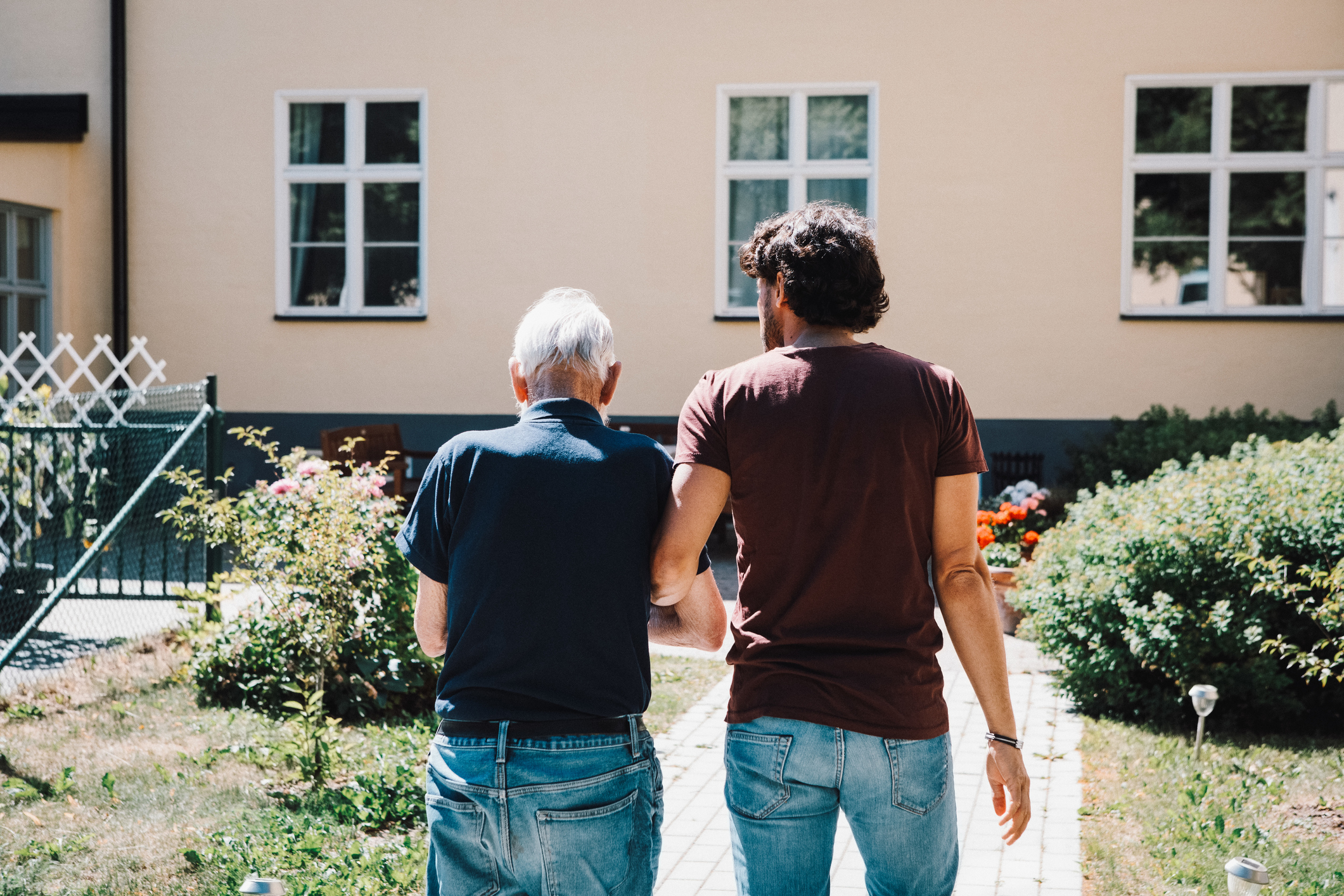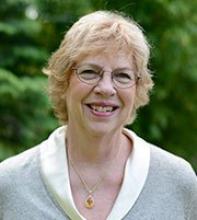Four tips to help you prioritize self-compassion so you can be there for others.
By
- Barbara Karnes, RN, American Hospice Pioneer at www.bkbooks.com

Maskot/ Getty Images
I’ve been helping healthcare workers take care of themselves during this pandemic. They have some unique challenges in accepting death not as a failure but as a part of living. With death being thrust into their face daily, I try to guide them in taking care of themselves as well as others.
Last night after I turned out my light to prepare for sleep, when I do some of my best thinking, it occurred to me that Covid has forced all of us to walk in the shoes of healthcare workers. Shoes that are walking a path we have not walked before. Shoes that are carrying a burden of uncertainty and fear.
I decided last night to write for all of us some guidance for taking care of ourselves. By taking care of ourselves we can then be a light, little as it may be, that shines into this darkness that seems to be overtaking us:
1. Find a listener. Find a person you can talk with, share with, commiserate with. Not a talker or a person who supplies answers (there aren’t many real answers these days) but a person who will listen to you, a person who will support you through your “venting,” a person who even if it is weekly will just let you verbalize your frustrations, fears, and concerns. A person you can say “I am thinking this—” “I am wondering that—” to, a person you can call and say “Have you got a minute?” You might want to set a regular meeting time: daily, every other day, weekly? Find what works for both of you. Maybe you can both be listeners for each other, touchstones for each other, share downloading time. “You go first this time.” Maybe the call just evolves into conversations that become a release in themselves. Be creative in how you establish this new kind of support for each other.
Talking helps us to release energy, takes the lid off of the boiling pot, and turns down the heat. Answers are not needed, agreement is not needed. Sympathetic, non judgmental listening is what is healing.
2. Journaling. For some, writing down thoughts and feelings is a form of release, of letting go, of opening the door to perspective. It is the Universe for your listener.
3. Cleansing. Our mind responds to ritual and our body often follows our mind. With the heavy emotional burden we all are carrying, a ritual to cleanse ourselves of unwanted stress, thoughts, and energy can be helpful. You may want to develop your own ritual but here is mine: In the shower after washing your physical body see in your mind’s eye the water washing over your body clearing away negative, fearful, heavy thoughts of the day. In your mind see the stress and fear, all concerns, go down the drain. See your whole self as sparkling and shining brightly. Step out of the shower, dry off and touch into the freshness, the lightness, so you can move forward into your day or night.
4. Recognize your grief. Grief is a response to loss, not just to physical death. We have lost so much during this last year and a half. We are grieving our loss of financial security, our loss of mobility, our loss of physical interactions with others (touch, physical closeness). We have gained fear.Grief shows itself through our emotions. How we express ourselves is how we express our grief. Anger, frustration, rebellion, depression, hopelessness, tears, anxiety, and sadness are all ways grief expresses through us. Recognizing our grief is the first step of learning how to live with it. No, we can’t make it go away. We have to learn how to live with all the feelings we are experiencing. Part of that learning is recognizing the need to take better care of ourselves. In taking care of ourselves we can then be a brighter light and affect a better world.
Originally published on https://bkbooks.com

Barbara Karnes, RN, American Hospice Pioneer at www.bkbooks.com
Barbara Karnes, RN is an American Hospice Pioneer, Award Winning End of Life Educator, Award Winning Nurse, NHPCO Hospice Innovator Award Winner 2018 & International Humanitarian Woman of the Year in 2015.
While at the bedside of hundreds of people during the dying process, Barbara Karnes noticed that each death was following a near identical script. Each person was going through the stages of death in almost the same manner. And most families had the same questions. These realizations led Barbara to sit down and write the “Little Blue Book.” The book that changed an industry.
Gone From My Sight has been in print continuously since 1985 and has sold over thirty million copies. Although it is often imitated, it remains the most widely used patient/family handout on signs of approaching death in the United States. It is the original source. With its publication and distribution, Barbara created one of the most important tools in the Hospice movement today: the patient/family educational booklet.
“New Rules for End of Life Care,” “Care For The Caregiver,” and “This Is How People Die,” Barbara’s DVD projects, are starting conversations and garnering awards – in this country and around the world. In these films, Barbara compassionately explains the stages of the dying process, talks about behavior changes as they pertain to food, sleep, and withdrawal, and addresses issues relating to the use of narcotics, addiction, and overdosing. She explains how important it is to take care of yourself as a caregiver as well as guidelines to help you do that personally and with your caregiving team.
“We don’t understand that there’s a normal, natural way of dying,” she says. “My goal is to help neutralize the fear that families and significant others bring to the bedside during the end of life experience.”
All resources can be found here: https://bkbooks.com/collections/all-productshttps://bkbooks.com/collections/all-products
Share your comments below. Please read our commenting guidelines before posting. If you have a concern about a comment, report it here.








